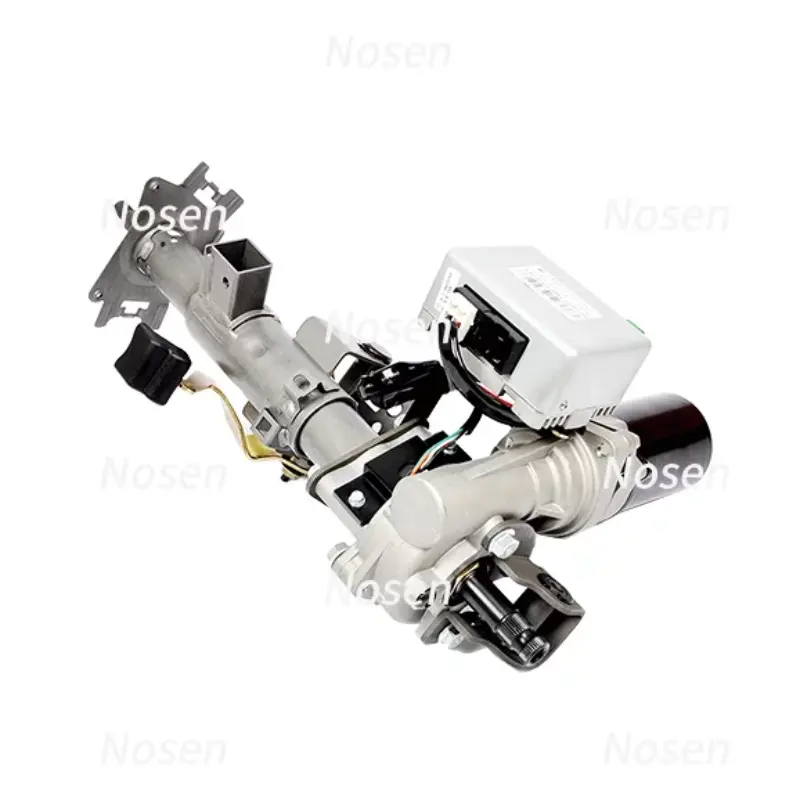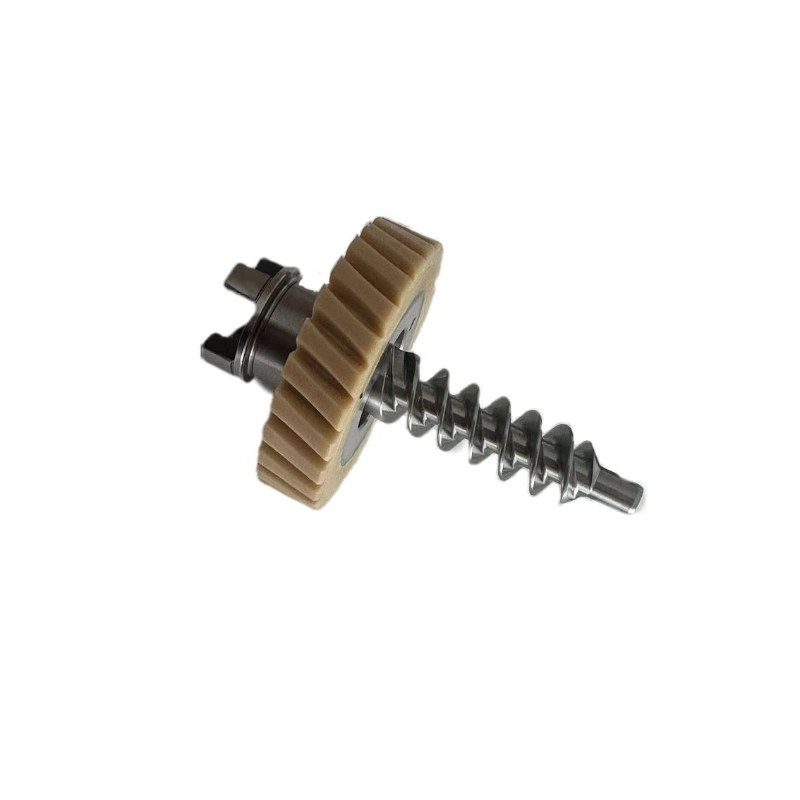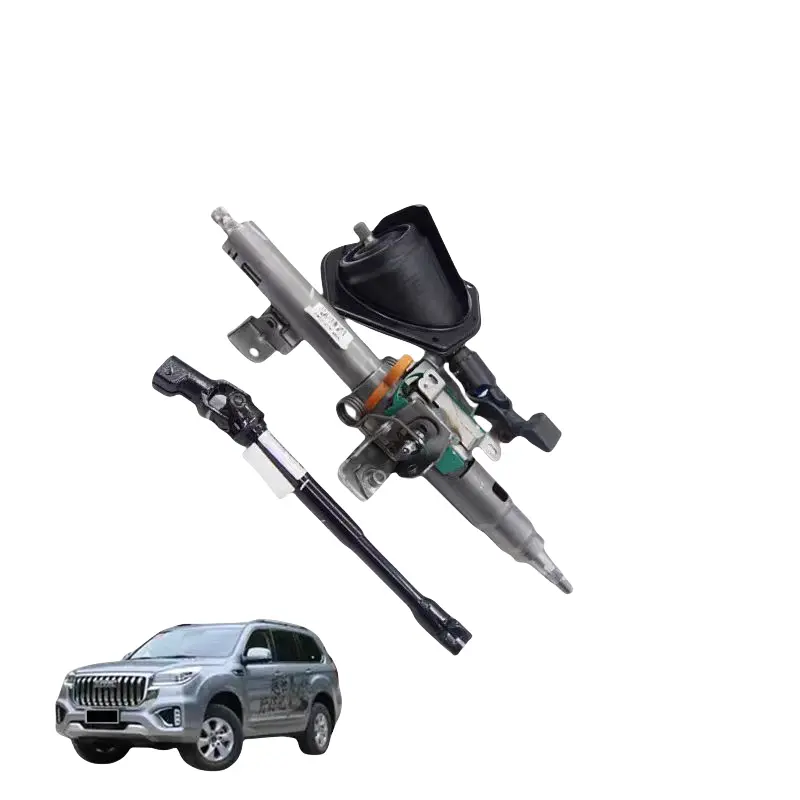What are the components of the Electric Power Steering System (EPS)
Release time: 2025-06-17
Electronic Power Steering, or EPS for short, uses the power generated by an electric motor to assist the driver in steering assistance. Different cars have different structural components, but their structures are generally similar. They are generally composed of electronic control units, torque (steering) sensors, electric motors, gear reducers, mechanical steering gears, vehicle speed sensors, and power supplies.

The mechanical parts are basically composed of the following 12 parts:
Motor, worm, worm gear, torque sensor, potentiometer, motor connector, torque sensor connector, energy-absorbing sleeve, steering wheel lock device, switch bracket, lower bracket, and vibration-damping gasket.



Steering wheel torque sensor
It is used to measure the magnitude and direction of steering wheel torque. Torque sensors in electric power steering systems are contact and non-contact. Considering the cost, contact torque sensors are generally used.


Electronic power steering motor and reduction mechanism
The electronic power steering motor is used to achieve the power steering system. The minimum requirements for the power steering motor are: large power torque, small moment of inertia, small torque fluctuation, high power density, easy control, and high reliability. At present, permanent magnet DC brush motors and DC brushless motors are commonly used in electric power steering systems. DC brush motors have mature technology, simple controllers and low costs. DC brushless motors use electronic commutation, require no maintenance, have high power density, but are more expensive.


